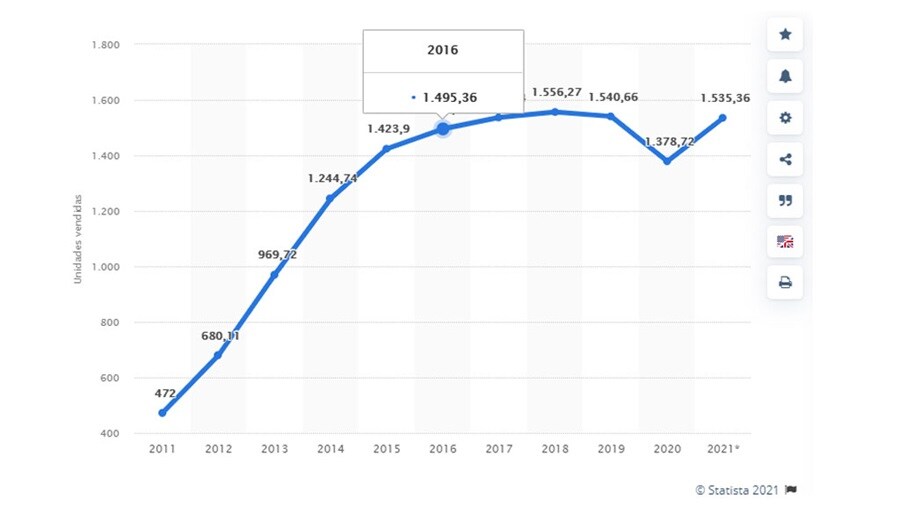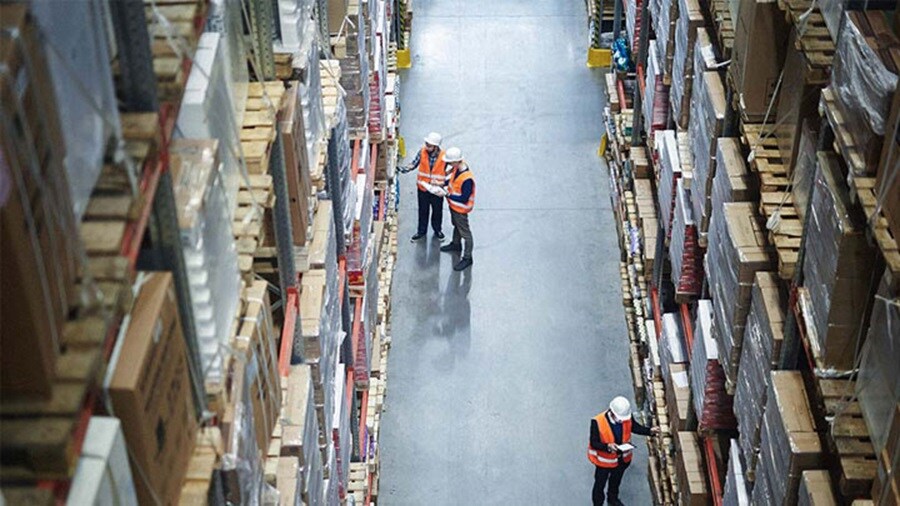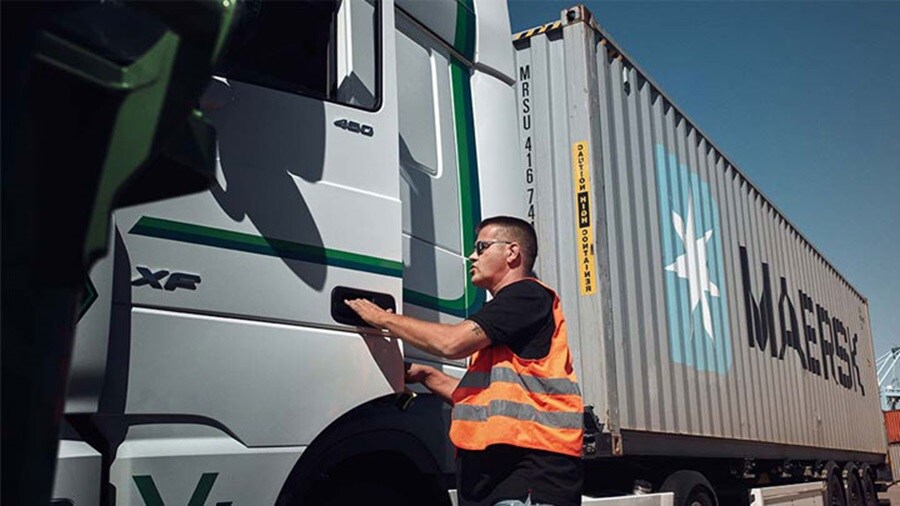
As of 2021, one in every five people in the world owns a smartphone. Despite its slow growth, technology is an immense market. Which retailer wouldn’t want a slice of that pie?
Nonetheless, the success of this great gamble doesn’t rely on market share but rather on the precision, flexibility and traceability of its supply chain.
When it comes to high-end electronics, betting on precision implies risks for the retail industry due to the high cost of these products, and undisplaced inventory may cause high losses in a single season.

How can we confront obsolescence and an imprecise market?
Due to their production and sales rates, high-end electronics have a short shelf life. The market forgoes them within a precise deadline and turns them obsolete for the final user, creating a loss for the seller.
This is why the larger retailers’ introduction into this market must bring about an evolved supply chain. The key is to accomplish a perfect distribution to the sales points, gather acute knowledge of the market’s demand, and a real-time, traceable account of product availability.
Each of these challenges can be resolved within a supply chain that equips the latest technologies:
- Demand forecasting - Beyond a sales forecast based on historic databases, this procedure implements the latest in artificial intelligence to predict regional demand and identify strategic zones in real time.
- Inventory assignment with 360º traceability - Assigning availability according to the location and demand of any market is a fundamental requirement since a market with constant product updates requires quick and flexible responses from the supply chain to cover the forecasted demand.
- Flexibility and adaptability to change within the supply chain - Due to the short shelf life of electronics, it’s important to react in real time to any destination changes, inventory adjustments or increased orders. The system must also adjust the last-mile distribution strategy in order to optimise the inventory displacement within the local markets.
The rhythm of chance is swift, which means that the time to evaluate costs and risks is limited.

Resilience in retail
We discovered that resilience in retail not only allows for a fully integrated supply chain but also promotes the adoption of technology throughout the process, starting from when the product leaves its manufacturer to when it reaches its final customer.
It is important to note that the complete route of an integrated supply chain helps companies respond more flexibly to interruptions, accelerating or delaying as required to comply with any changes in demand and take advantage of emerging opportunities.

Moving into the future with Maersk
Aside from having the strongest and most effective infrastructure in Latin America and globally, Maersk has developed technology to a point where intelligence meets knowledge to integrate extensive information from multiple sources into a single supply chain with a superior solution that provides visibility, control and effective decision-making.
Digital migration is the present and future of integrated logistics that allows a business to adapt and innovate in the face of every opportunity within the evolving retail market.
To learn more about how your supply chain can benefit from digitalization, download our e-book Supply Chain Management in the Digital Age for in-depth knowledge about:
- Inventory management
- Omnichannel solutions
- Trends
- Sustainable logistics

